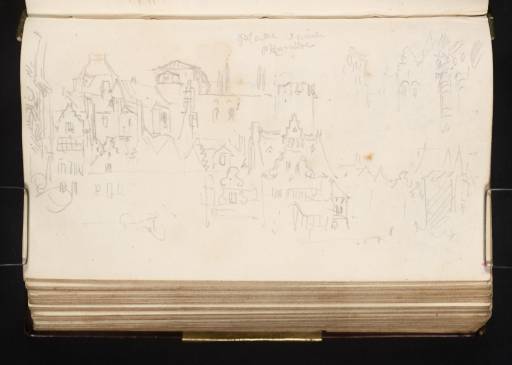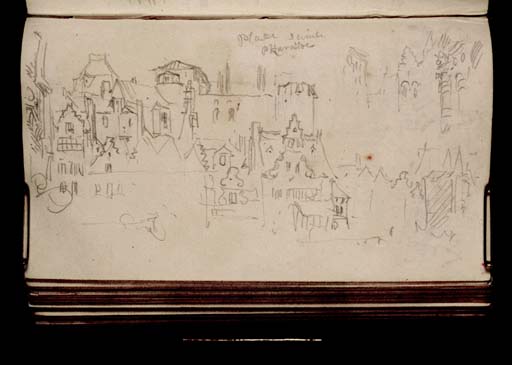References
How to cite
Matthew Imms and Quirine van der Meer Mohr, ‘The Gravensteen, Ghent, from the Sint Veerleplein 1825 by Joseph Mallord William Turner’, catalogue entry, September 2020, in David Blayney Brown (ed.), J.M.W. Turner: Sketchbooks, Drawings and Watercolours, Tate Research Publication, March 2023, https://www


